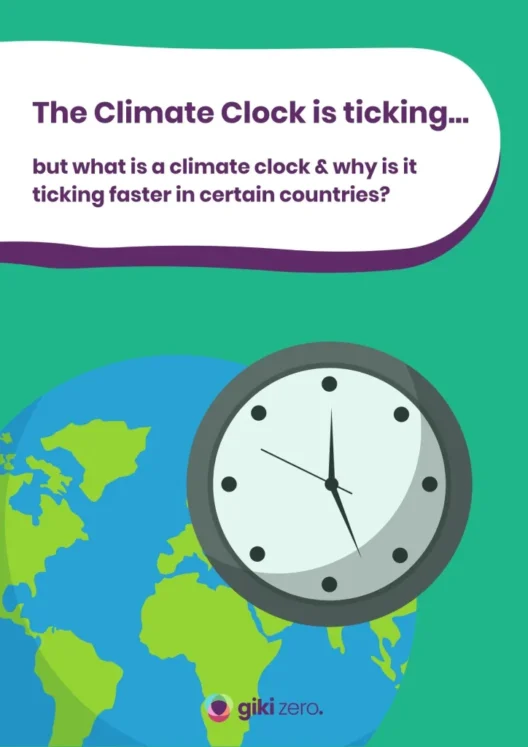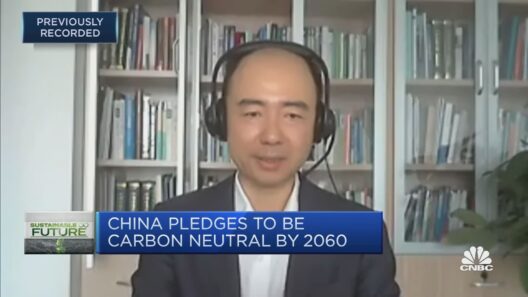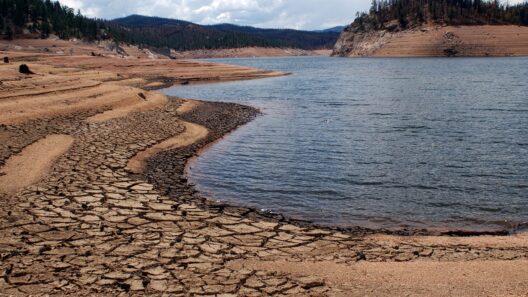Climate gentrification is an emerging phenomenon that intertwines environmental change with socio-economic dynamics, reflecting the transformation of urban landscapes as a consequence of rising sea levels and climate change. This complex interplay manifests when neighborhoods, particularly those vulnerable to environmental threats, experience an influx of affluent individuals driven by climate-related factors. These changes not only reshape the demographics of these areas but also impact local culture, community cohesion, and economic viability.
The term ‘gentrification’ traditionally refers to the process wherein urban spaces undergo revitalization, often leading to the displacement of lower-income residents as property values soar. Coupled with climate change, this process takes on a distinct character, primarily influenced by the existential threats posed by rising seas and other climate-induced transformations. As coastal and flood-prone neighborhoods become increasingly undesirable, wealthier individuals seek refuge in safer, more elevated areas, inadvertently triggering a cascade of changes.
At its core, climate gentrification is driven by the phenomenon of climate migration. Individuals and families affected by extreme weather events—such as hurricanes, floods, and rising tides—often relocate to higher ground or inland areas. In these safe havens, housing demand escalates, leading to rising property values. Consequently, long-standing residents grappling with heightened housing costs may find themselves pushed out of their own communities, unable to afford increasingly exorbitant rents or mortgages.
This process typically unfolds in several stages. Initially, an area might be labeled as a ‘climate haven,’ enticing newcomers seeking safety from environmental threats. As wealthier residents begin to populate the neighborhood, they invest in upgrades and renovations, which enhances the overall appeal of the area. However, this often marginalizes existing communities, who may not have the resources or means to cope with escalating living costs. The cultural tapestry of the neighborhood can fray, as long-time residents are displaced, replaced by new arrivals who may not share the same community ties or cultural identity.
The implications of climate gentrification extend beyond just housing and displacement. Community resources, such as schools, healthcare facilities, and local businesses, can shift dramatically in response to demographic changes. These institutions often cater to the preferences and needs of affluent newcomers, thereby neglecting or undermining the services needed by those who have been displaced. Inevitably, this results in the erosion of social structures that historically defined these neighborhoods.
For example, the coastal city of Miami has become a focal point in discussions surrounding climate gentrification. As sea levels rise, certain neighborhoods confront the real possibility of flooding. Wealthy individuals are increasingly investing in properties that offer a buffer against climate threats, thereby altering the socio-economic landscape. Meanwhile, the once-thriving communities of lower-income individuals face the daunting prospect of displacement. Long-standing shops and services that catered to those communities can close down as new enterprises open, targeting the preferences of affluent newcomers.
Beyond the individual neighborhoods, the broader socio-economic consequences of climate gentrification are profound. As wealth and resources concentrate in certain areas, income inequality can escalate. This dynamic not only disenfranchises marginalized groups but may also exacerbate social tensions, as affected communities grapple with feelings of alienation and frustration. It draws attention to an urgent need for policy intervention that recognizes the intersection of climate change and urban revitalization.
Mitigating the effects of climate gentrification requires a multi-faceted approach. Policymakers must consider equitable housing strategies that encompass affordable housing development, tenant protections, and inclusive community engagement. Debates surrounding zoning laws and land use must take into account the impacts of climate change, prioritizing resilient and sustainable development practices that serve a diverse range of residents.
Furthermore, community-driven initiatives can be instrumental in resisting the tide of climate gentrification. Local organizations can advocate for the creation of affordable housing solutions, ensuring that existing residents are not priced out of their neighborhoods. Collaborative urban planning efforts can foster an environment in which long-standing community members are included in decision-making processes. Empowering residents through engagement can also bolster community resilience against the threats posed by climate change.
It is imperative to recognize that climate gentrification is not merely a housing issue; it encapsulates a broader challenge related to social justice and equity. As environmental changes ripple through urban landscapes, they have the potential to reshape social hierarchies. The urgency of addressing these shifts cannot be overstated, as failure to do so risks entrenching systemic inequities that reflect disparities in wealth, race, and access to resources.
In conclusion, climate gentrification encapsulates a significant and pressing consequence of climate change, intertwining issues of housing, community identity, and social justice. As coastal and vulnerable neighborhoods grapple with the implications of rising seas, understanding the socio-economic dynamics at play is crucial for effective advocacy and policymaking. Only through conscious efforts to create inclusive policies that integrate affordable housing, community resilience, and environmental awareness can we hope to mitigate the effects of climate gentrification and preserve the rich tapestry of urban communities in the face of inevitable change.







